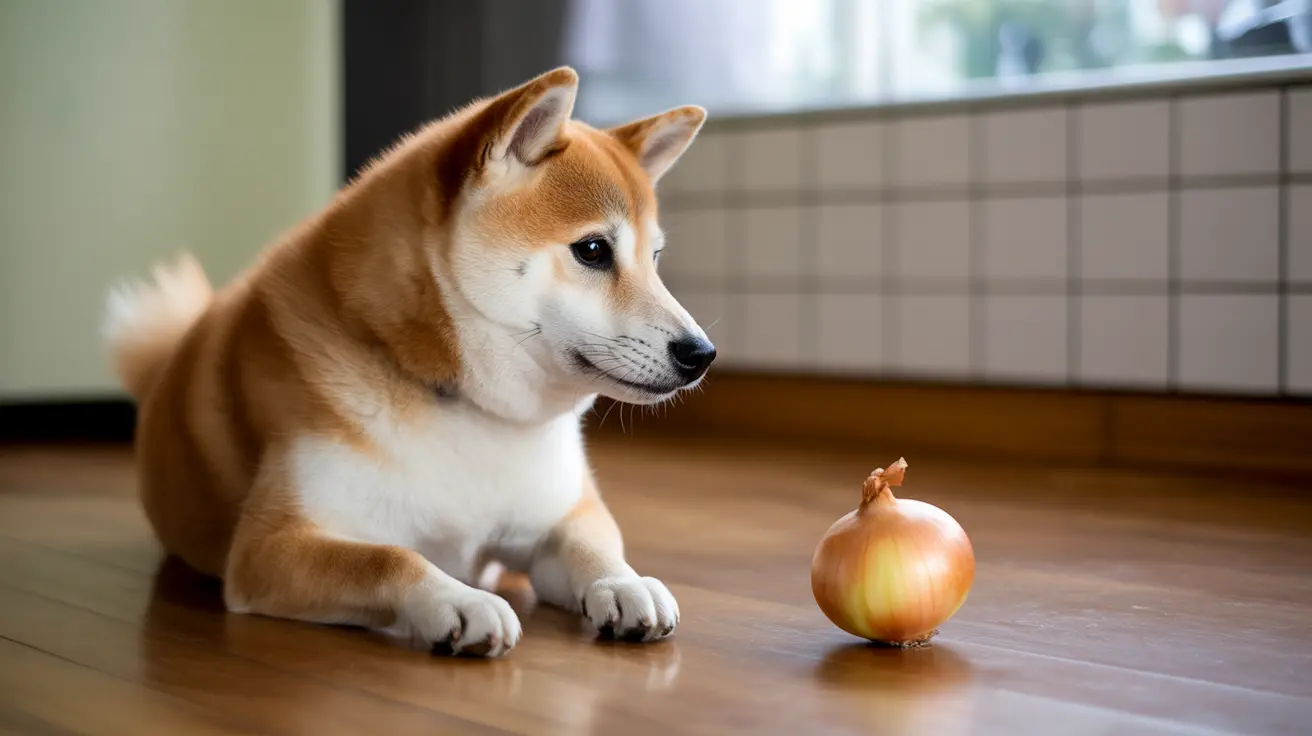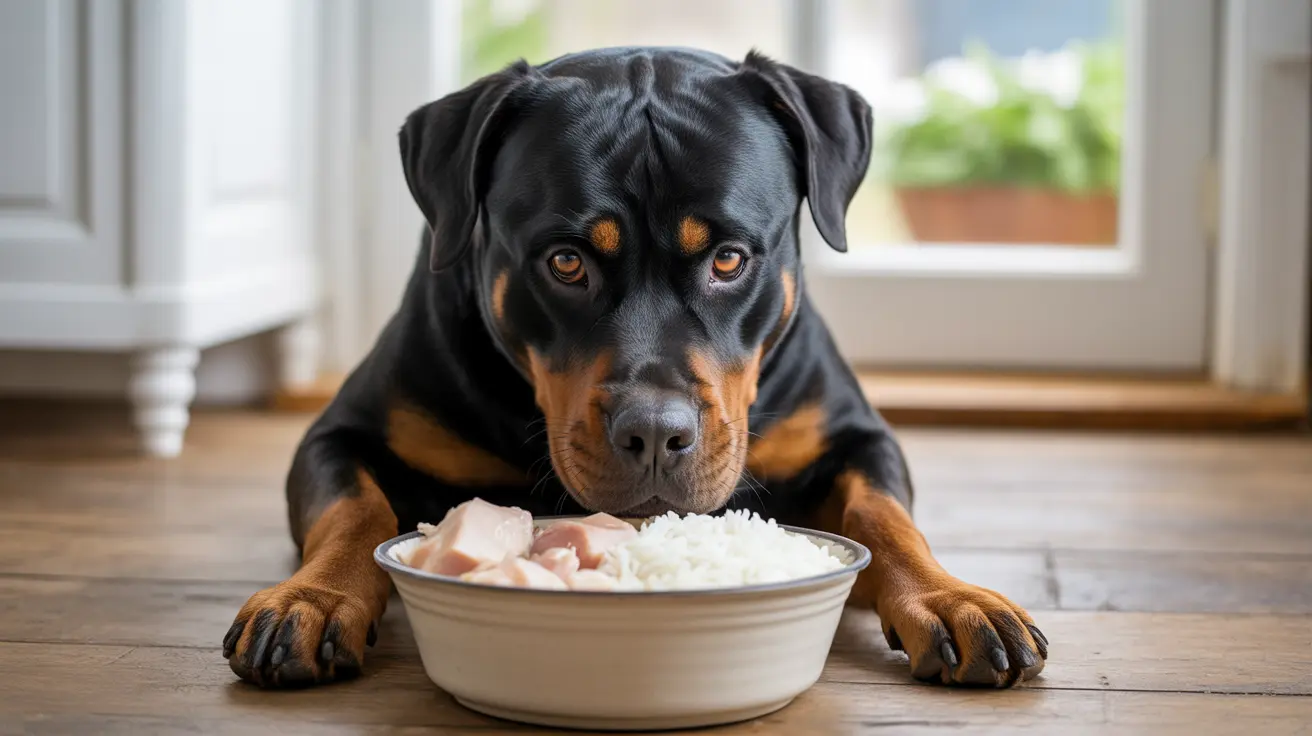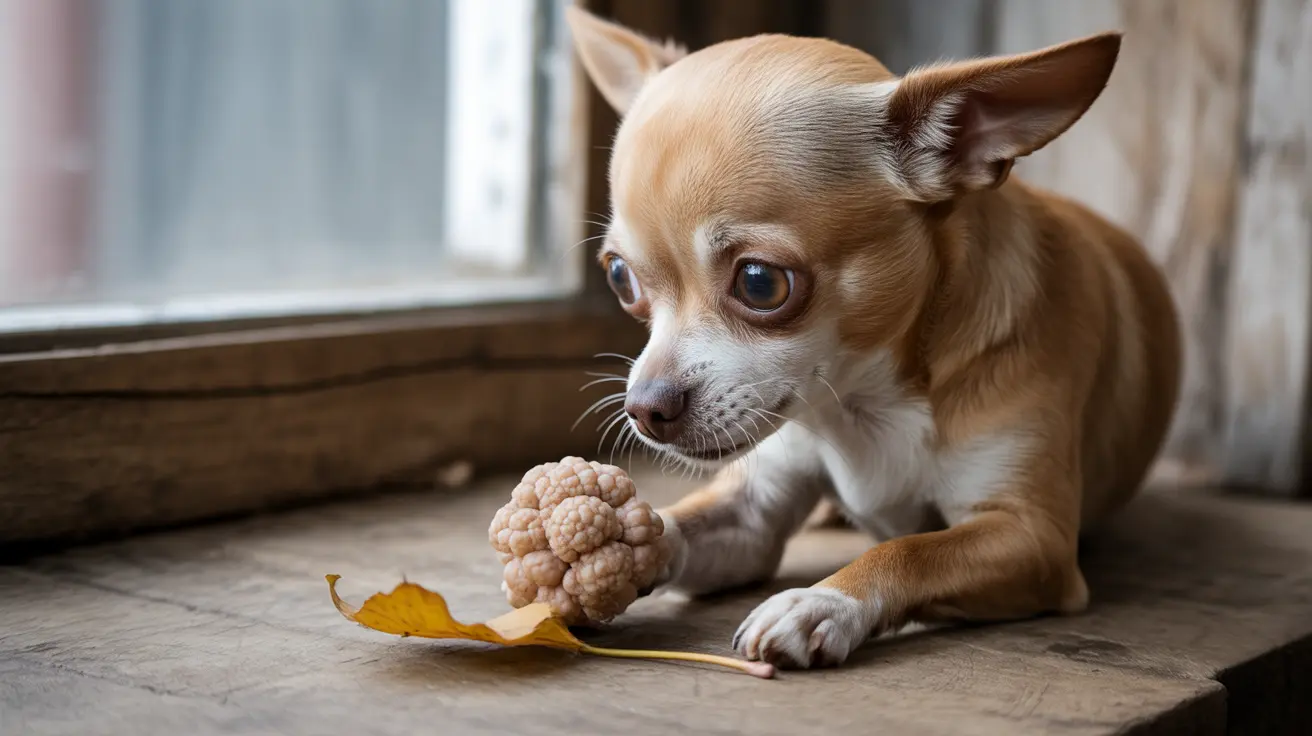The 3-Day Potty Training Trick for Dogs: A Fast-Track Guide to Success
Potty training is a fundamental part of bringing a new puppy or adult dog into your home. It's essential not only for household cleanliness but also for establishing trust and communication between you and your pet. The
3-day potty training trick is a focused and accelerated method to help your dog understand where and when to eliminate. While full housetraining usually takes several weeks or months, this method can significantly kickstart the process.
What Is the 3-Day Potty Training Method?
The idea behind the 3-day potty training trick is to devote three intensive, consistent days to establishing a strong foundation in housetraining. During this time, you’ll focus entirely on your dog’s elimination needs, using structured routines, positive reinforcement, and supervised confinement.
Key Components of the 3-Day Trick
- Consistency: Repeating the same schedule and cues during these days helps reinforce the desired behavior.
- Observation: You'll need to watch your dog closely to catch signals and prevent accidents.
- Positive Reinforcement: Immediate praise and treats help your dog associate outdoor elimination with good outcomes.
Day-by-Day Schedule
Day 1: Establish the Routine
- Start the day early and take your dog outside first thing in the morning to a designated spot.
- Use a consistent cue like "Go potty" as they eliminate.
- Reward immediately with praise or treats.
- Follow a strict feeding schedule to predict elimination times more accurately.
- Take your dog out after eating, napping, playing, or every 1–2 hours.
- Supervise constantly indoors; use a crate or small room when you can't watch them.
Day 2: Reinforce the Behavior
- Stick to the same intervals for potty breaks and feeding as Day 1.
- Continue taking your dog to the same outdoor location.
- Watch for signs like sniffing or circling, and take them out quickly.
- Avoid accidents by being proactive—not reactive.
- Reward every successful outdoor elimination promptly.
Day 3: Build Confidence and Independence
- Maintain the routine and start to allow slight increases in freedom indoors.
- Observe whether your dog begins heading toward the exit on their own.
- Stick to positive reinforcement and reinforce successful behaviors.
- Continue supervision and use confinement as needed.
Supporting Techniques
Choose an Elimination Spot
Pick a quiet, low-distraction area and consistently use it. Over time, your dog will associate the smells and cues with the act of eliminating.
Use a Crate Wisely
Dogs naturally avoid eliminating in their sleeping area. A crate should be just large enough for them to stand and turn but not so big that they can eliminate in one end and sleep in the other.
Manage Feeding Times
Feed high-quality meals at the same times each day to create predictable bowel and bladder movements.
Watch for Potty Cues
Common cues include:
- Sniffing the floor
- Circling
- Whining
- Going toward the door
Tips for Success
- Take your puppy outside after any activity transition (e.g., waking up, playing, eating).
- Avoid punishment—redirect calmly and positively.
- Use an enzymatic cleaner to remove any indoor accidents thoroughly.
- Don't give too much freedom indoors until the dog is reliable.
- Stay calm, patient, and positive throughout the process.
Overnight Training
Take your puppy out immediately before bedtime. If needed, allow them a quiet, low-interaction trip outside if they wake you up at night. Feed the last meal 4–5 hours before bed to reduce overnight needs.
Troubleshooting Common Issues
- If your dog isn’t catching on, revisit the schedule and supervise more strictly.
- Consistent accidents may indicate you're giving too much freedom too soon.
- Health issues may impede progress—consult your vet if problems persist.
Final Thoughts
While the 3-day potty training method is a great kickstart, remember that complete housetraining often takes longer. Consistency, patience, and positive reinforcement form the cornerstone of lasting success.
Stay committed, and your dog will develop reliable habits that strengthen your bond and make life together more enjoyable.





